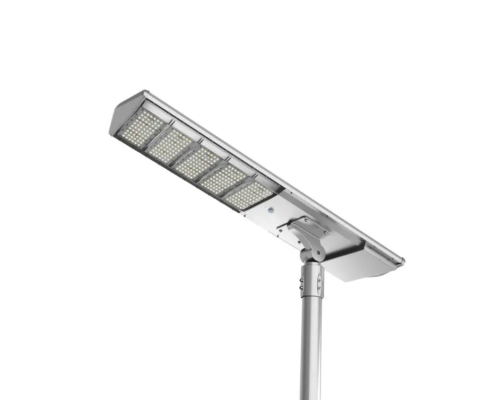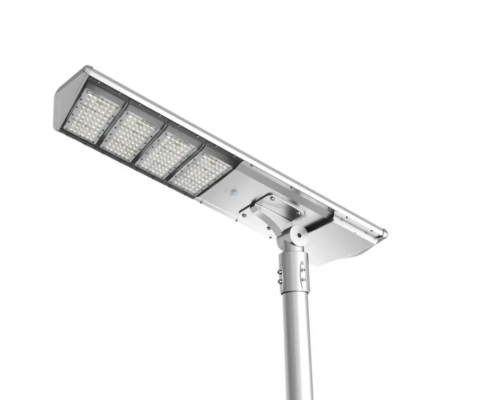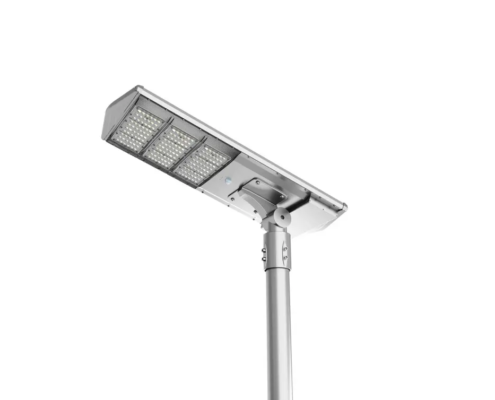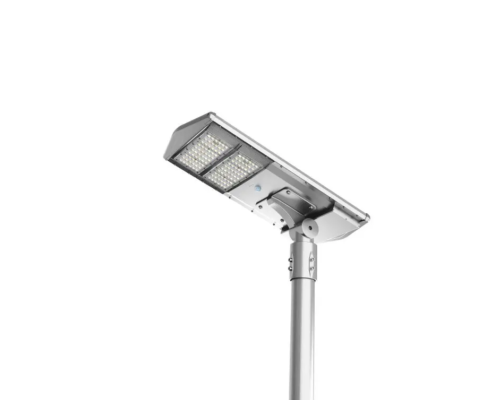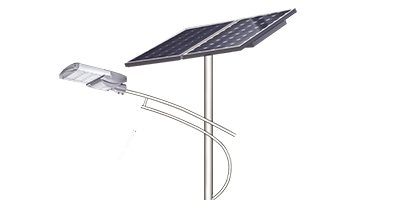Guidelines for Solar-Powered Road Lighting Design in Rural and Isolated Areas
Foreword:Rural and Isolated Areas solar street light Design
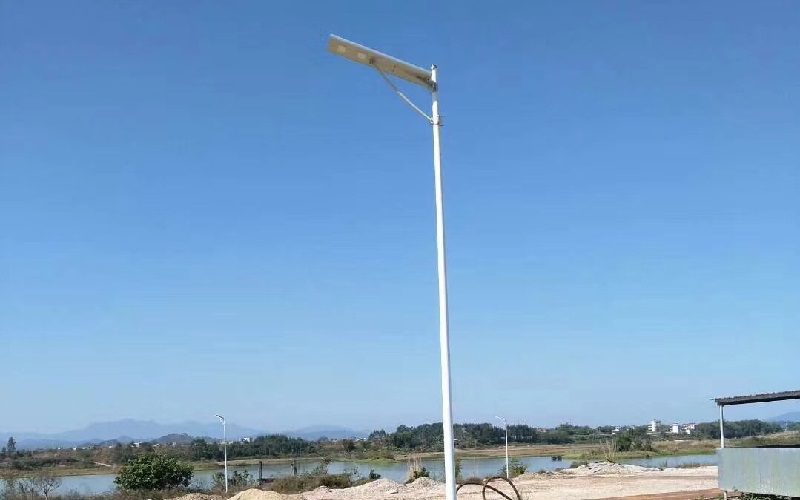
Chapter 1: General Provisions and Design Principles
1.1 Key Objectives
- Safety Priority: Ensure basic nighttime lighting (illuminance ≥ 5 lux) within a limited energy budget.
- Energy Self-Sufficiency: Recommend the use of off-grid solar systems, avoiding mixed power supply models.
- Extreme Energy Efficiency: Suggest light source efficiency exceed 150 lm/W (e.g., LED with Purui chip).
- Lifecycle Cost Optimization: Initial investment (CAPEX) and 20-year operating costs (OPEX) are 60% lower than traditional systems.
1.2 Fundamental Design Concepts
- Lighting-Energy Coordination Design: Lighting demand directly determines the capacity of solar panels and batteries (e.g., a 60W LED matches with an 80W solar panel and a 60Ah battery).
- Equipment Standardization:
- Integrated Streetlights: Suitable for poles 6m~12m, integrating solar panels and batteries (IP67 protection rating).
- Separated Streetlights: Suitable for poles over 8m, with buried batteries for cooling and adjustable solar panel angles.
Chapter 2: Lighting Warrants
2.1 Recommended Lighting Areas
- Intersections: Illuminance ≥ 15 lux, uniformity Uo ≥ 0.4.
- Crosswalks: Recommend using amber light sources (< 2200K) to reduce ecological disturbance.
2.2 Restricted Lighting Areas
- Ecological Protection Zones: Recommend avoiding white light, using reflective signage for passive lighting instead.
Chapter 3: Optical and Structural Design
3.1 Low Energy Lighting Standards
| Road Type | Average Illuminance (Eav) | Uniformity (Uo) | Glare Index (TI) |
|---|---|---|---|
| Rural Main Roads | 10-15 lux | ≥0.4 | ≤15 |
| Residential Side Roads | 5-8 lux | ≥0.3 | ≤20 |
Note: Standards are 30% lower than urban requirements, with a 40% reduction in light source power.
3.2 Light Source and Fixture Specifications
- Light Source:LED color temperature ≤3000K (ecological zone ≤2200K), if the pursuit of more clean and more conspicuous lighting can be used to 5000k~7000k, with high-pressure sodium lamps not being recommended.
- Fixtures: Full cutoff type, equipped with secondary optical lenses to minimize spill light.
3.3 Structural Design Points
- Solar Panel Tilt Angle: Latitude × 0.9 + 23° (Xining case: 36°N → 50° tilt angle).
- Wind Resistance Design: Brackets must withstand wind speeds ≥ 32m/s (12 typhoon level).
- Shadow Prevention: No trees or buildings casting shadows within 10m of the solar panel.
Chapter 4: Solar Power System Design and Intelligent Management
4.1 Design Formulas
Solar Panel Capacity: PPV = (Eload × 1.2) / (PSH × η) (where Eload = daily power consumption, PSH = peak sunshine hours, η = system efficiency ≈ 0.75).
Battery Capacity: Cbat = (Eload × Dautonomy) / (Vsys × DoD) (where Dautonomy = autonomy days, Vsys = system voltage, DoD = depth of discharge).
Example: For 60W lights in Sichuan during 7 rainy days → requires a 72V 60Ah lithium iron phosphate battery.
4.2 Equipment Selection Standards
| Component | Technical Solution | Advantages |
|---|---|---|
| Battery | Lithium Iron Phosphate (LiFePO₄) | Cycling life > 4000 times, operational down to -20°C |
| Controller | MPPT vs PWM | Increases power generation efficiency by 30% |
| Solar Panel | Monocrystalline (>22% efficiency) | Better low-light response than polycrystalline |
4.3 Intelligent Control Strategies
Multi-Step Dimming:
18:00-22:00 → 100% Brightness
22:00-05:00 → 30% Brightness
05:00-06:00 → 70% Brightness
Microwave Sensing: Brightness instantly increases to 100% when humans or vehicles approach, reducing energy consumption by 40%.
Chapter 5: Environmental Protection
5.1 Environmental Benefits
- Carbon Reduction: Each lamp reduces carbon emissions by 480kg per year (compared to diesel generators).
- Light Pollution Control: Full cutoff fixtures coupled with amber light sources reduce insect attraction rates by 70%.
Chapter 6: Installation and Maintenance
6.1 Construction Specifications
- Solar Panel Installation: Orientation error ≤ 5°, tilt angle error ≤ 2°.
- Buried Battery: Recommended to be in a concrete chamber at 1m underground, with temperature control of ±10°C.
6.2 Operation and Maintenance Suggestions
| Period | Task | Standard |
|---|---|---|
| Monthly | Solar Panel Cleaning | Light transmission loss ≤ 5% |
| Annually | Battery Health Check | State of Health (SOH) ≥ 80% |
| Every 5 years | Battery Replacement | Replace when capacity drops to 70% |
Note: Dust accumulation can lead to a 15-30% decrease in power generation efficiency, with dry-cleaning robots achieving > 98% cleaning efficiency.

